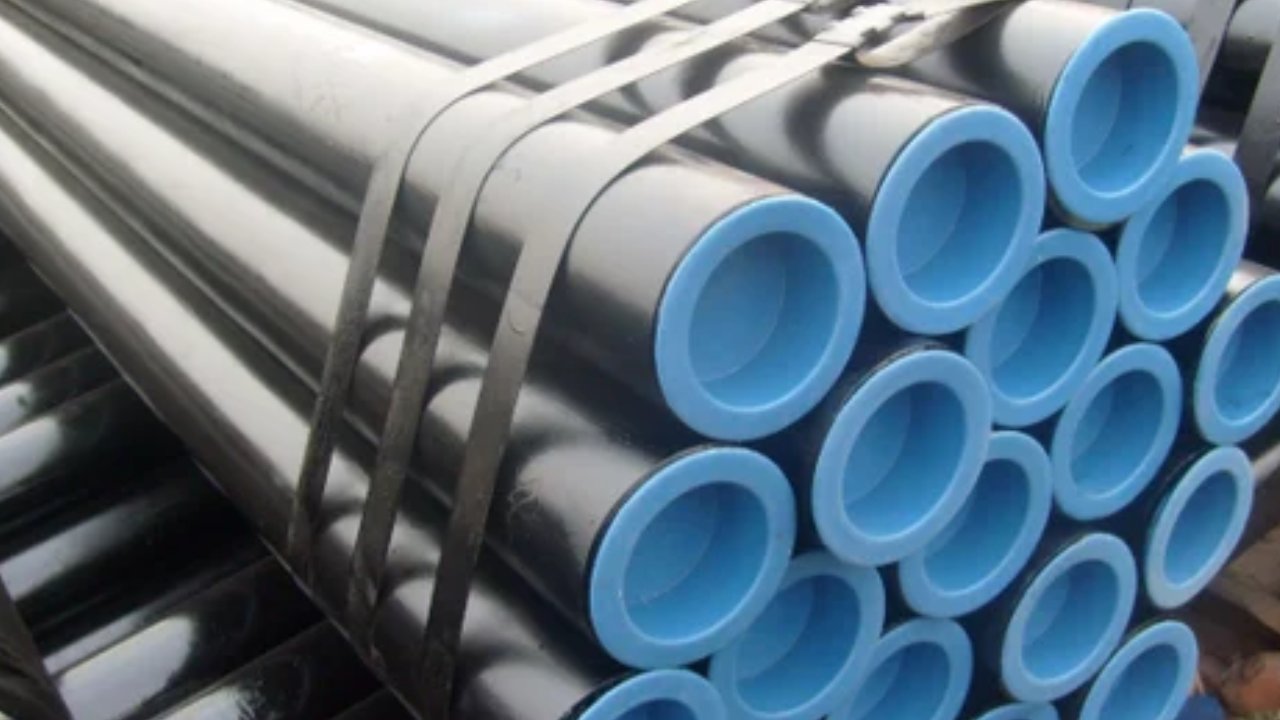Welding plays a crucial role in the fabrication and construction of pipelines, including those made from X52 steel. X52 pipe, a grade specified by the American Petroleum Institute (API), is widely used in the oil and gas industry for its excellent mechanical properties and corrosion resistance.
When it comes to joining x52 pipe sections, various welding techniques are employed to ensure strong, reliable connections. As the energy industry continues to evolve, the X52 pipe remains a trusted and indispensable material for meeting the demands of modern pipeline infrastructure.
Welding Techniques for Joining X52 Pipes
Here we'll explore common welding techniques used for joining X52 pipe sections, along with their advantages, limitations, and applications.
Shielded Metal Arc Welding (SMAW)
Shielded Metal Arc Welding (SMAW), also known as manual Arc welding on metal or stick one of the most popular widely used welding processes for joining X52 pipe sections. In SMAW, an electric arc is established between an electrode covered in flux and the workpiece, creating a molten weld pool. SMAW is versatile, cost-effective, and suitable for outdoor and remote applications. It can be used in various positions and on different thicknesses of X52 pipe.
Gas Metal Arc Welding (GMAW)
Gas Metal Arc Welding (GMAW), also known as metal inert gas (MIG) welding, is another popular welding technique for joining X52 pipe sections. In GMAW, a continuous wire electrode is fed through a welding gun, while a shielding gas, typically a mixture of argon and carbon dioxide, is used to protect the weld pool from atmospheric contamination. GMAW is a high-productivity welding process with excellent weld quality. It can be easily automated and is suitable for welding X52 pipe sections in various positions.
Gas Tungsten Arc Welding (GTAW)
TIG (tungsten inert gas) welding is another name for gas tungsten arc welding (GTAW) is a precise and versatile welding process commonly used for joining X52 pipe sections. In GTAW, An inert tungsten electrode is utilized to produce an electrical arc, while a shielding gas, typically argon, is used to protect the weld pool from contamination. GTAW produces high-quality welds with excellent aesthetics and minimal distortion. It allows for precise control of welding parameters and is suitable for welding thin-walled X52 pipe sections.
Flux-Cored Arc Welding (FCAW)
Flux-Cored Arc Welding (FCAW) is a semi-automatic or automatic welding process commonly used for joining X52 pipe sections, especially in outdoor or windy conditions. In FCAW, tubular electrode that has flow inside of it is used instead of a solid wire electrode, providing its shielding gas and flux. FCAW is highly productive and suitable for welding thick X52 pipe sections in various positions. It offers good penetration and deposition rates, making it efficient for high-volume welding operations.
Submerged Arc Welding (SAW)
Submerged Arc Welding (SAW) is a high-productivity welding process commonly used for joining X52 pipe sections in large-scale pipeline fabrication. In SAW, a granular flux is used to cover the weld pool, while a continuous wire electrode is fed into the weld zone beneath the flux layer. SAW is a highly efficient welding process, capable of high deposition rates and deep penetration. It produces high-quality welds with minimal operator intervention and is suitable for welding thick X52 pipe sections.
Electroslag Welding (ESW)
Electroslag Welding (ESW) is a specialized welding process used for joining X52 pipe sections, particularly in thick-section welding applications. In ESW, a consumable electrode is fed into the weld zone, while a molten slag layer covers the weld pool, providing thermal insulation and protecting the molten metal from atmospheric contamination. It produces high-quality welds with minimal distortion and is suitable for automated welding operations.
Concluding Remarks
Various welding techniques are available for joining X52 pipe sections, each with its advantages, limitations, and applications. By selecting the appropriate welding process based on the project requirements, material specifications, and operational considerations, pipeline fabricators can ensure strong, reliable welds and the integrity of X52 pipelines in the oil and gas industry.


